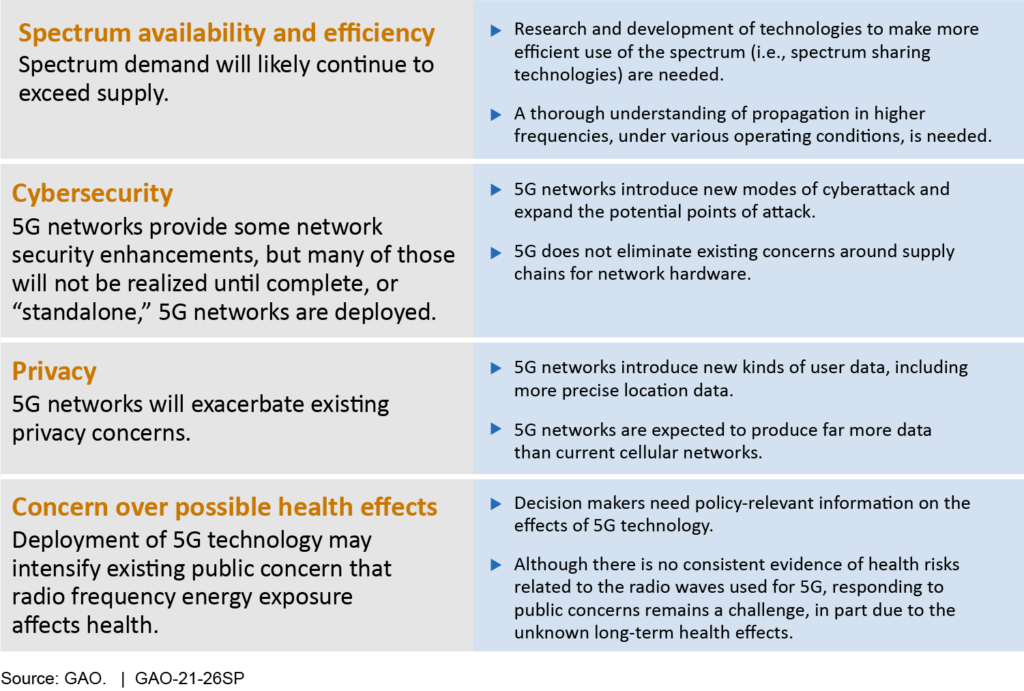It seems self evident to citizens objecting to a rollout of a technology that has proven health hazards, not to mention environmental ones as well, that a precautionary approach would be mandatory and logical, yet the groupthink and the green washing promoted by government missives to CEO’s and by the singular policy guidance “not to consider health”, still holds councils in thrall. Only one council, Mendip, has notably stood up and refused a mast application citing health as an incompatible use when considering the proposed siting.
The points that we wish to get across as concerned public are as follows, and should result in supporting and empowering Councils to refuse masts, even under the restricted Prior Approval criteria of ‘siting and appearance’:
- Government policy cannot override planning law (such as NPPF policy 118), wright vs severndale 2019
- Planning law requires all material planning considerations to be addressed properly prior to a determination being made on available evidence.
- Planning grounds may be supported by the LPA, taking into account NPPF paragraphs 119 and the first sentence of NPPF paragraph 185 in respect of argument and evidence presented by the public. By doing so, the LPA would be fulfilling its statutory obligations without contravening NPPF paragraph 118.
- An ICNIRP certificate is evidence of the compatibility of the proposed use of the land/building upon which a mast is intended to be placed and other uses made of adjacent land/building
- … however, that evidence (ICNIRP thermal only) may be of low value when evaluated alongside evidence of incompatibility (non-thermal harms).
- LPAs have to make evidence-based decisions on material planning considerations where public health effects of a proposed mast may generate incompatibility between its siting and the existing, or the future use, of land and buildings in the proposed host locality.
- NPPF 115: Mast need and sharing, usually no report submitted on need or sharing.
- Councils have duties to public health protection under both the NHS Act 2006 and the 2018 European Electronics Communications Code transposed in December 2020 (Recitals 22, 105, 106, 110 and Article 45 2h)
- EU Telecommunications Directives create obligations for Local Planning Authorities as EU Retained law post-Brexit. As the EECC (European Electronics Communications Code) is the Europe-wide legal framework for spectrum management/5G rollout, it supercedes UK Planning Policy (such as the NPPF, and PHE guidance such as provided in the August 2021 ‘Mobile Phone Base Stations and health’).
- This should tie LPAs into enacting EECC health related spectrum management functions as UK regulators of involuntary public exposure to RFR through mast siting planning control.
- The EECC legal framework, and particularly the public health obligations of LPAs under Recital 106, consolidate and enforce the mechanisms applied through UK planning law, so that LPAs can’t deny their obligations to determine new mast applications taking properly into account public health effects.
- The recitals are interconnected with all the other EECC Recitals and Articles that reference Council Recommendation 1999/519/EC. Compliance with the Council Recommendation is reported on all radio mast applicant’s certificates of compliance.
- If LPAs fail to make evidence-based decisions ‘in situ’ (ie taking into account all material planning considerations relevant to the proposed host locality), and instead rely upon blanket policy (ie the NPPF) and by so doing ignoring their public health obligations, they are risking a judicial review challenge on the grounds of arbitrary or irrational decision making.
Applications are always missing Antenna data. When the ICNIRP certificates are self certified and not presented we have a right to know: power output, power use, strength of phased array beams from 64cell antennas, power intensity drop off, cumulative impact taking into account other local sources, analysis of hotspots … environmental impact and overall risk assessment.
Safeguarding Children. To approve a mast would also materially compromise the LPA’s statutory duty of “preventing impairment to children’s health or development” and would result in liability. Material consideration of Siting.
https://cpdonline.co.uk/knowledge-base/safeguarding/legislation-safeguarding-children/
ICNIRP guidelines are self-referencing. Nerve stimulation by the low frequency wave component of 5G has not been accounted for in the ICNIRP guidelines. There is an established mechanism of harm from wireless radiation, namely oxidative stress. How will the Council assure protection to people when they do not protect against those with pacemakers, metal shunts, children with dental braces ? ICNIRP admit that the action of RFR inside the body is unpredictable when metal implants are present. The guidelines also do not cover well known environmental effects of RFR.
https://pubmed.ncbi.nlm.nih.gov/35751553/
Energy intensive. “5G masts are known to be energy intensive. It would be madness to approve an unnecessary mast at a time when we all need to keep energy consumption down. It could mean the difference between having local power cuts and keeping homes and businesses going.”
https://actionagainst5g.org/uncategorized/24741/
Insurance. PHE (UKHSA) have made Local Authorities liable*, yet they cannot get insurance for harm arising from microwave radiation exposure, who will pay ? **
How about drop in house price values ?*** This infrastructure devalues nearby properties due to visual impact and possibility/fear of harm.
When will ‘human rights’ and planning law be valued and applied ? We must keep asking questions and sharing evidence with our representatives and fellow citizens.
Click to here to take action on a mast application.
*2019: PHE’s solicitors DLA Piper have said “A public body must determine how much weight to put on the PHE guidance. Equally that body must determine what other evidence from your client or other members of the public or interested parties to consider in making any decision. If it be alleged that a public body now or in the future acted unlawfully in placing reliance on the guidance, that cannot retrospectively taint the guidance with illegality.”
** https://rfinfo.co.uk/insurance/
*** https://rfinfo.co.uk/feel-the-buzz-that-could-be-your-home-falling-in-value-from-5g/

